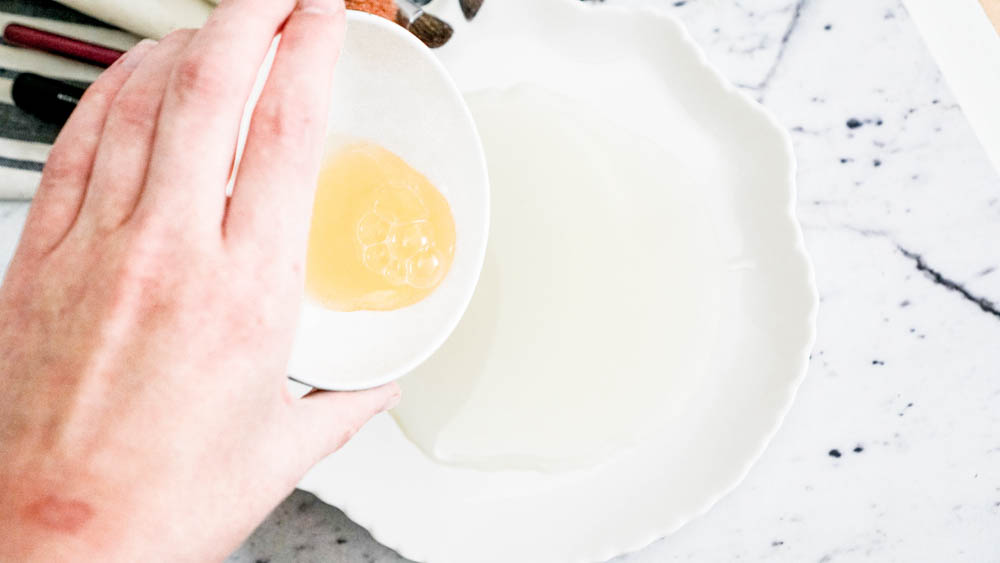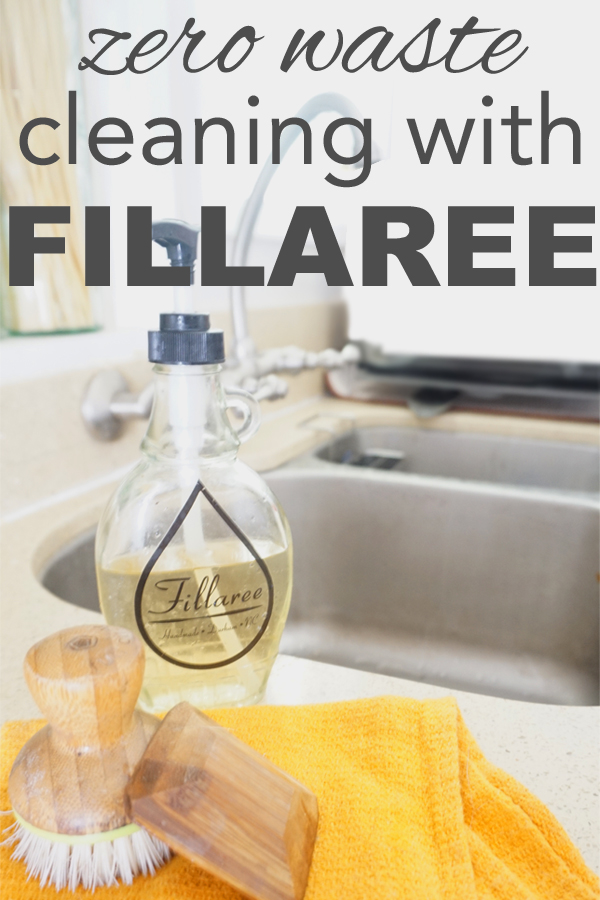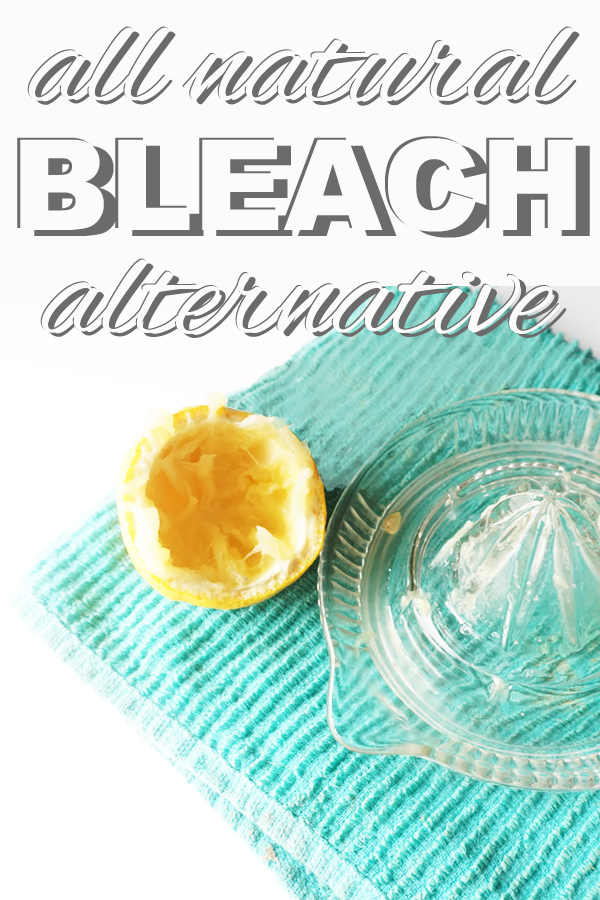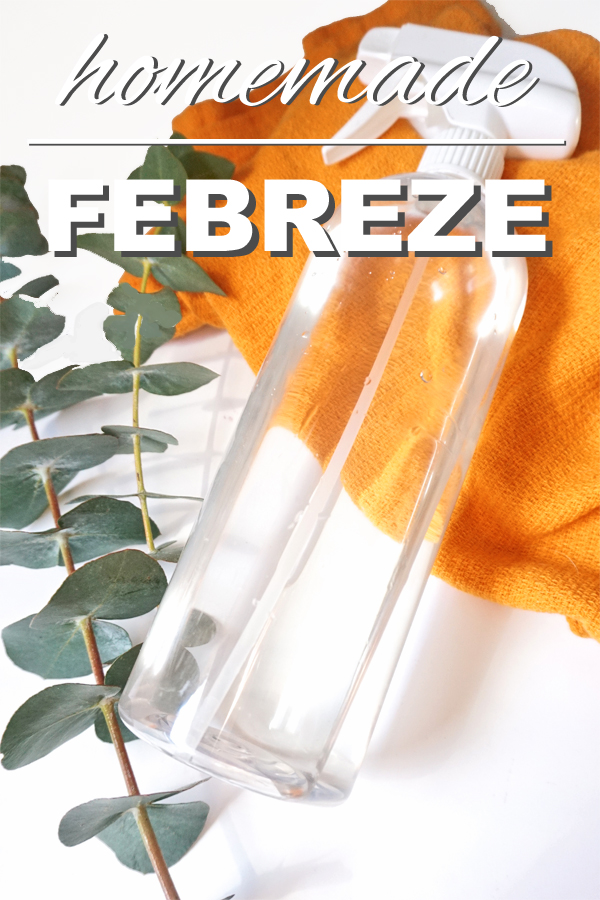My favorite honorary "R"s is repair! It may have not made it into the top 5 "Refuse, reduce, reuse, recycle, rot," but it's got to be soooo close.
Repairing is a huge part of the zero waste lifestyle. It honestly shocks me that my instincts used to be, "If it's broken, toss it and buy another one!"
It's so engrained in our disposable culture. A lot of manufacturers actually participate in creating this disposable culture. It's called planned obsolescence.
The idea of planned obsolescence isn't new, in fact it dates beck to the 1920s when the market was being flooded with vehicles. Ford and GM were both trying to find ways to increase sales.
They came up with the idea to create new models each year to encourage the consumer to "upgrade." The goal was to make older models feel outdated and undesirable.
It didn't become a common turn of phrase until Bernard London wrote the pamphlet "Ending the Depression Through Planned Obsolescence." It proposed legal obsolescence on items to stimulate the economy.
The idea really took off in the 1950s. Brooks Stevens used it in his speech to an advertising company. "[planned obsolescence is] Instilling in the buyer the desire to own something a little newer, a little better, a little sooner than is necessary."
Apple has been accused of this on multiple occasions from making custom screws only they have the screwdrivers to unlock and intentionally slowing down your phone with the most recent iOS update riiiiiiiiiiiiiight before a new phone is released. A little too convenient, eh?
There are five different types of planned obsolescence, but this post is about makeup brushes! Looks like I've got another post to write for you on this topic.
The moral of my story is, repairing is huge. A lot of companies don't want you to repair their items. They want you to buy new ones.
While not everything is easy to repair, mend, or fix a lot of things are. Sometimes it means making better purchases. Other times it means learning a new skill!
I remember when I first heard that you should be cleaning your makeup brushes.
I took a hard look at the brush I used on a daily basis and saw quite a bit of built up product. Old me would have tossed that brush, thinking it was just time for a new one.
But, I learned it just needed a good cleaning! Now it's as good as new. I clean my brushes often to keep them in tip top shape, and hopefully they'll serve me for many years to come.
You can buy brush cleaner, but it's SO easy to make. Plus, it's totally zero waste.
DIY, Zero Waste, Makeup Brush Cleaner:
- 2 Tablespoons of Soap like Dr. Bronners
- 1 Tablespoon of a Sweet Almond Oil
You can use another oil like olive oil. Sweet almond is what I had on hand. I bought it in bulk from Rainbow Grocery.
Step 1. Pour the almond oil and soap onto a plate. The oil helps condition the bristles keeping them nice and soft. Using only soap could be a little harsh and dry them out over time.
Step 2. Swirl your brush around in the mixture until it's clean. Use your hand to agitate and remove any of the residue.
Step 3. Rinse the brush off in COLD water. I rinse my brush off into a cup of water because you want to keep the brush facing down. You want to prevent the bristles from standing up so water doesn't drip down the shaft.
Step 4. Hang the brushes to dry bristles down 24-48 Hours
If you have really product heavy brush, you may need to repeat this and add a little extra soap.
Clean your brushes every 4-6 months depending on use. In between cleanings, I spray my brushes with this disinfecting solution. I store it in a small 2oz spray bottle. I don't over do it, because I don't want to dry out my bristles!
Have you cleaned your makeup brushes recently? Did you DIY?
















